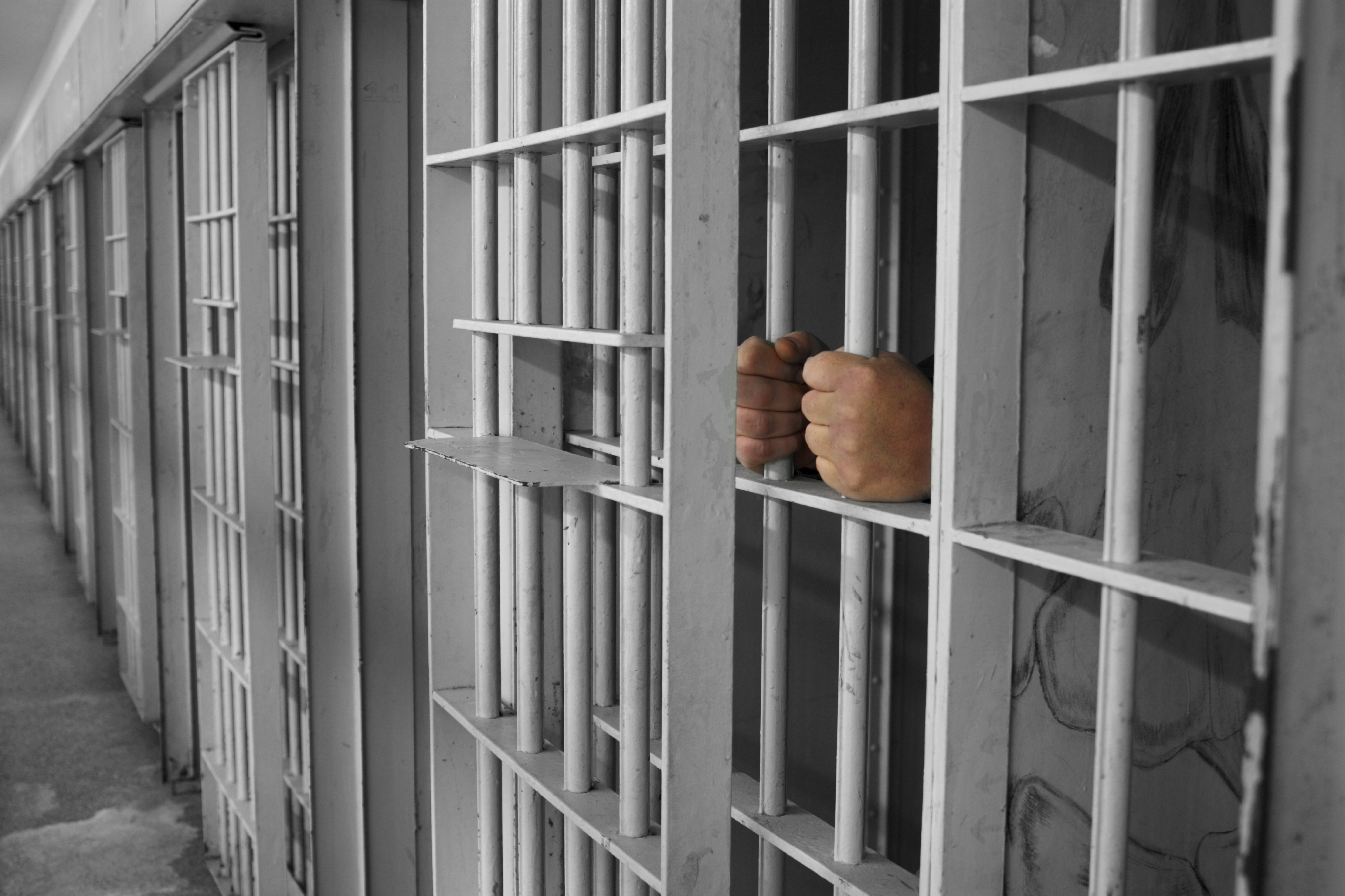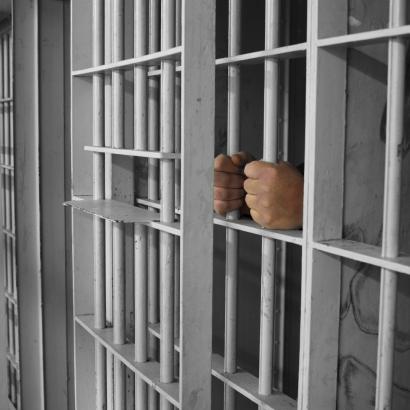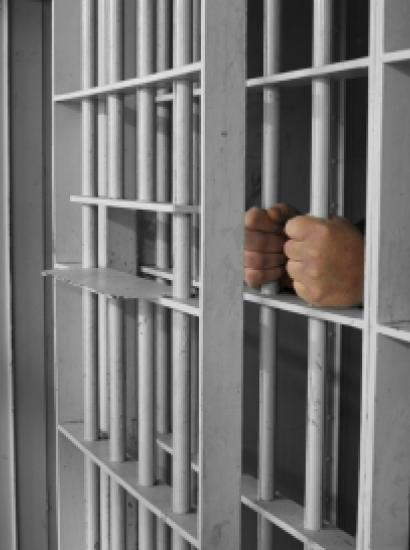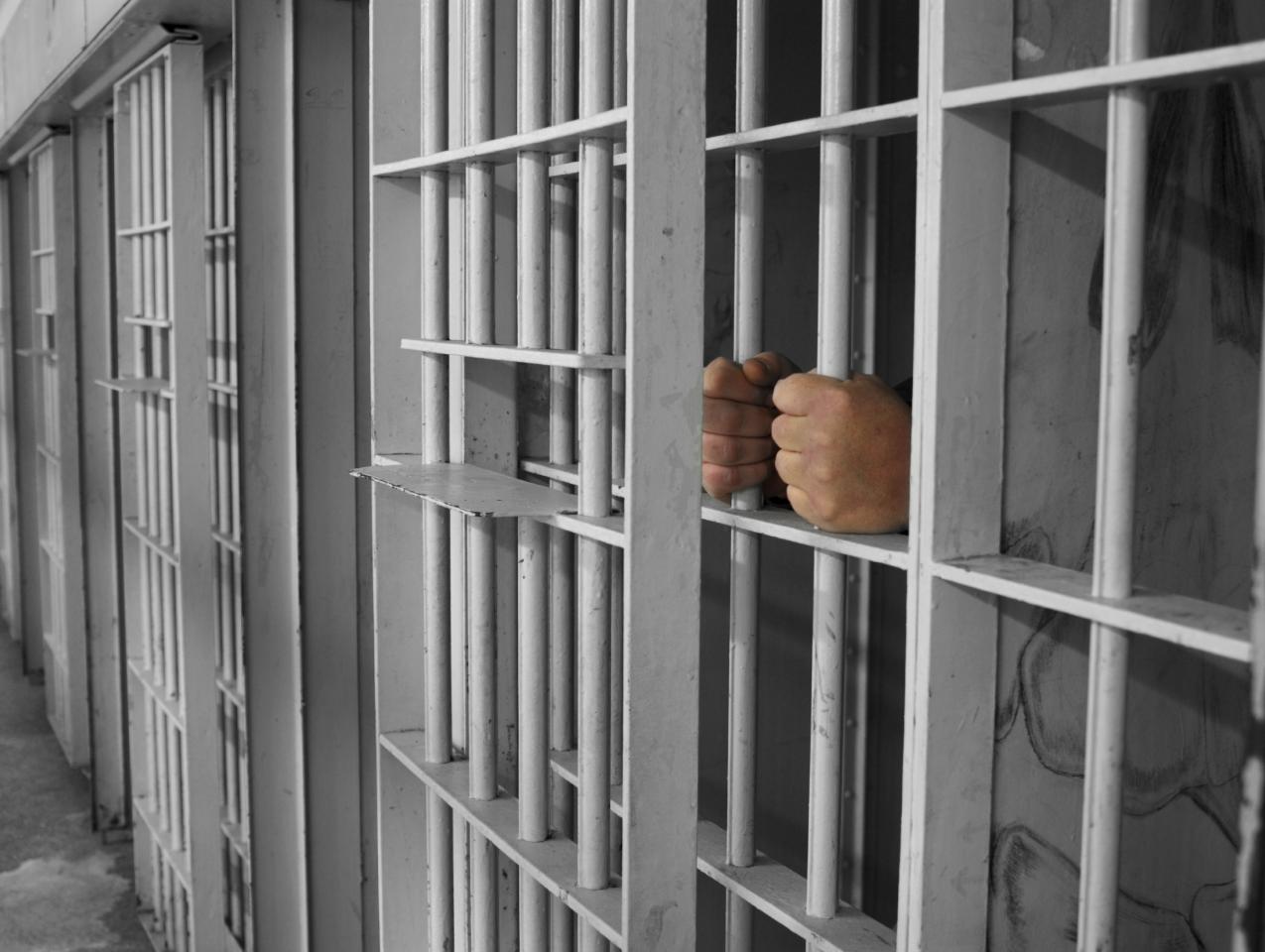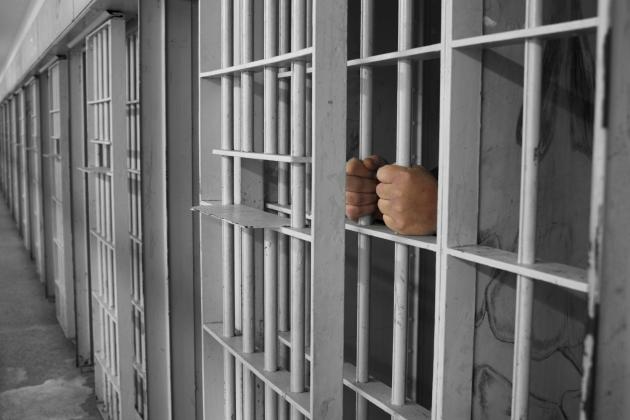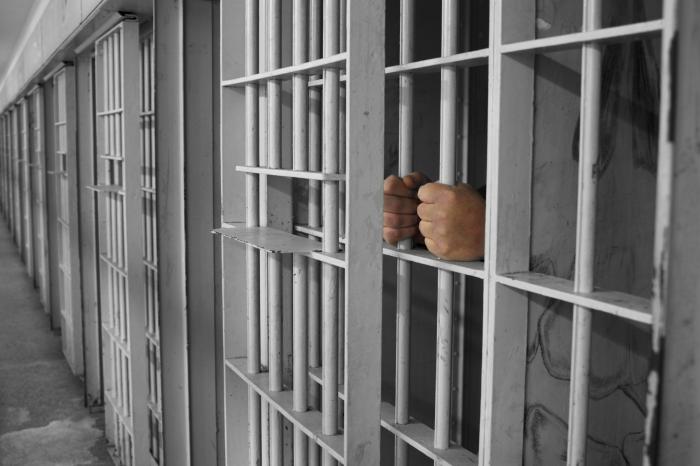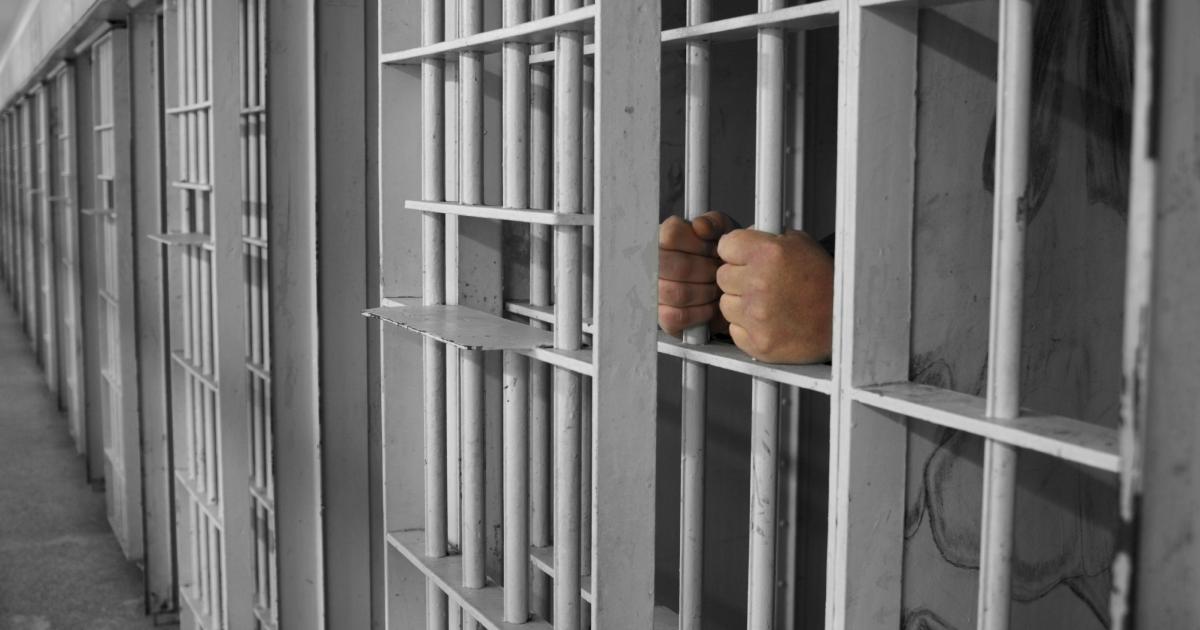- Law & Policy
- Politics, Institutions, and Public Opinion
- State & Local
- California
To understand American politics is to appreciate the concept of changing norms. New generations emerge, electorates evolve, and the once verboten suddenly becomes palatable.
In that regard, California is no exception.
For the past four decades, two policies have been considered career-ending “third rails” for aspiring Golden State politicians: revisiting 1978’s Proposition 13 and its limit on property taxes; and undermining the death penalty, which has a complicated history in America’s nation-state.
Prop 13 is an inviting target in Sacramento, given the bountiful potential revenue should the state fiddle with how property taxes are assessed. That’s why a so-called “split roll” approach—going after commercial property but not touching residential property—seems headed for the ballot, even if it might be an uphill climb.
But don’t be surprised if California’s death penalty likewise is revisited in the near future.
About capital punishment in America’s nation-state:
Authorized under the Criminal Practices Act of 1851, California’s first state-conducted execution occurred in March 1893 at San Quentin.
Although the California Supreme Court ruled in 1972 that the death penalty is impermissible cruel and unusual punishment, California voters nonetheless approved Proposition 7 in November 1978 reaffirming the punishment (with 71% of voters saying yes).
From here, the plot gets messy.
It wasn’t until April 1992 that a California inmate was put to death. But in the years since, the state has had a running legal argument over methods of execution (gas and lethal injection), whether the penalty is indeed a criminal deterrent, and whether the appeals process should be slowed down or sped up (a long-running joke in California): “Old age is the leading cause of death on death row.”
This much is certain: if the purpose of the death penalty is to mete out the ultimate punishment, then that’s not the case in reality. Only 13 inmates have been executed over the past four decades (25 inmates nationwide were executed in the United States last year). California’s death-row population of 738 inmates is almost the same size as the next three states (Florida, Texas, and Alabama) combined and more than one-fourth of the national death-row population.
So what does this have to do with the California of there here and now?
Last week, governor Gavin Newsom dropped by the home office of the New York Times for a chat about his agenda. As reported by the Times: “Pharmaceutical drug costs and the death penalty are two major areas of focus in the near term, [Newsom] said.”
To understand what may be on the governor’s mind, let’s go back to December of last year and the final days of Jerry Brown’s administration.
Writing in the New York Times, four former Democratic governors urged Brown to either grant clemency to every man and woman housed on California’s death row or declare a moratorium on executions (which 25 other nations’ ministers of justice asked Brown to do a month before). Brown left the matter unsettled, so the ball is now in Newsom’s court.
Would Newsom be so bold as to offer a mass commutation? When this occurred after the aforementioned 1972 California Supreme Court ruling, 107 death sentences were reduced to life in prison. That included Charles Manson, who died in November 2017 after 48 years as a “guest of the state,” and Sirhan Sirhan. Next month marks the 50th anniversary of Sirhan’s conviction for the murder of Robert Kennedy (Sirhan, who turns 75 this month, is scheduled for a 16th parole hearing in 2021).
The 2019 equivalent of those “celebrity” California death-row residents: Scott Peterson, the subject of multiple books, documentaries, and made-for-television movies, who was sentenced to death for the murder of his wife, Laci, and their unborn son in Modesto back in 2002.
What Newsom might do instead is call for a moratorium. And that wouldn’t be much of a surprise given that the new governor’s first action related to a clemency request was to order additional DNA testing in the case of a death-row inmate.
In making that call, Newsom could cite a lack of institutional confidence. Moreover, he might conclude that, in doing so, he already stands of safe political ground.
In 2012, Newsom supported Proposition 34, which called for an end to California’s death penalty. That measure failed by a six-point margin (53% opposed–47% supporting). But there are two ways to read those results— the 13% gap between the left and center-left support for Obama and support for ending the death penalty, or the 18% decline in support for capital punishment in the four decades since its 1978 reinstatement.
Newsom’s smart enough to understand that math as well as what he sees when he looks outside his Sacramento office—namely, a lack of criminal-justice protestors populating the State Capitol’s grounds.
Two decades ago in California, there were fewer advocacies more effective than those of crime victims. Advocates for tougher laws testified at legislative hearings, dropped by state lawmakers’ offices, and placed cardboard coffins on the Capitol lawn.
But consider the times in which these protests occurred.
Two decades ago, California was the scene to both sensational crimes (O. J. Simpson, Richard Allen Davis) and the daily tick-tick of residential burglaries and auto theft.
Twenty years later, the pendulum has swung the other direction—politically, at least. The crime victims’ rally still happens every April in Sacramento, but there’s a different vibe. In 2015, for example, there was no rally, due to worries about anti-police protests. While the State Legislature isn’t deaf to the protestors’ concerns, the reality is that criminal-justice reform has moved in the opposite direction: 2016’s Proposition 57 weakened the “three strikes” law that had been in effect since the mid-1990s. The result was early parole for thousands of inmates with life sentences. During his second turn as governor, Jerry Brown commuted sentences for record numbers of violent criminals.
Whether those early-parole cases come back to haunt Newsom in the form of higher recidivism and crime rates is a what-if of his time ahead as Brown’s successor.
In the meantime, good luck finding a prominent Democrat who’s willing to stand by capital punishment (you might remember Hillary Clinton doing so—clumsily and only when asked—back in 2016).
The trendy position for a modern Democratic governor: express doubt over the process, embrace technology, anticipate voters will be more distracted by matters having to do with the economy, education, and Donald Trump. That’s likely what Gavin Newsom will do.
And even if those cardboard coffins still show up near his office this spring, it doesn’t mean that Newsom is whistling past a political graveyard.







